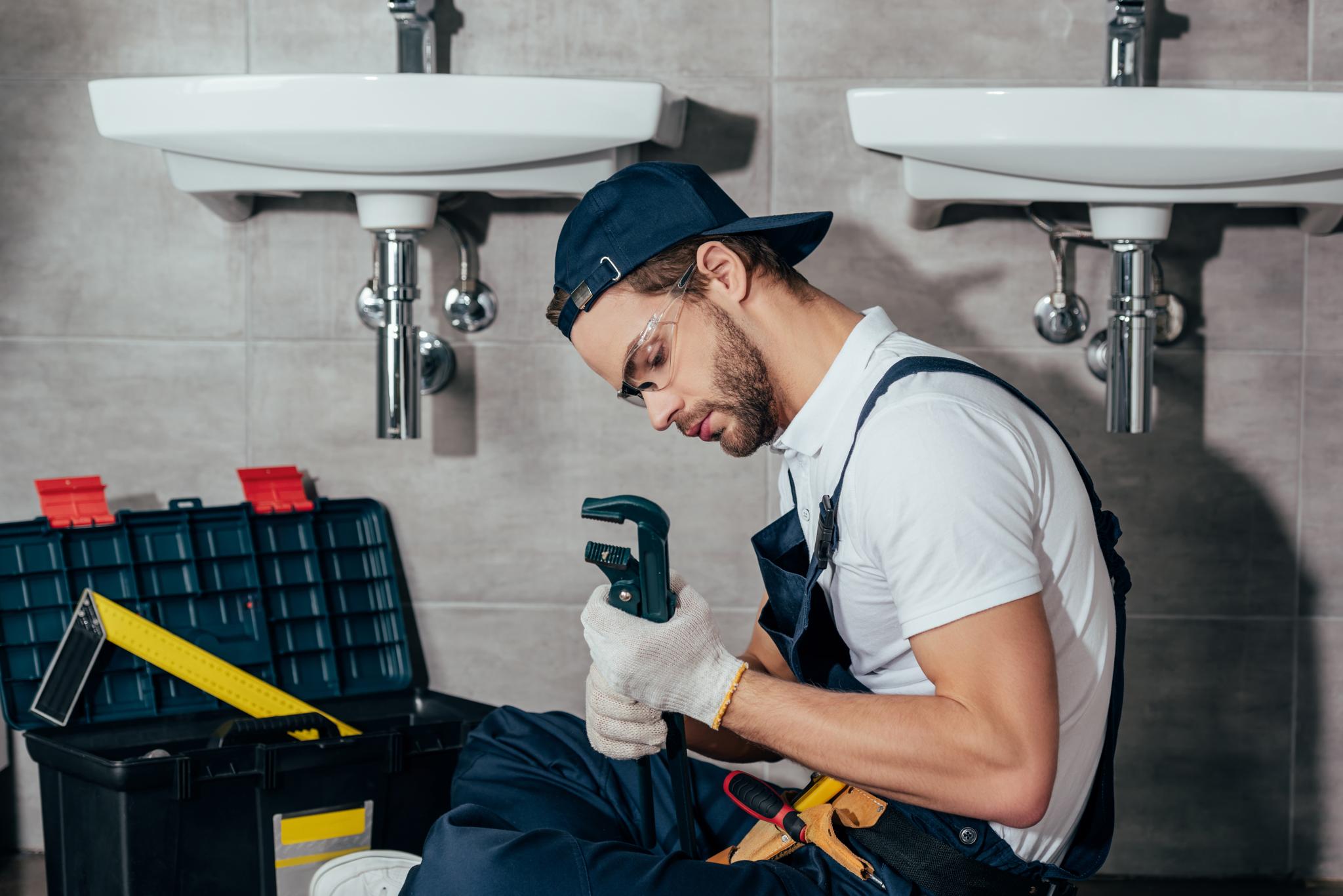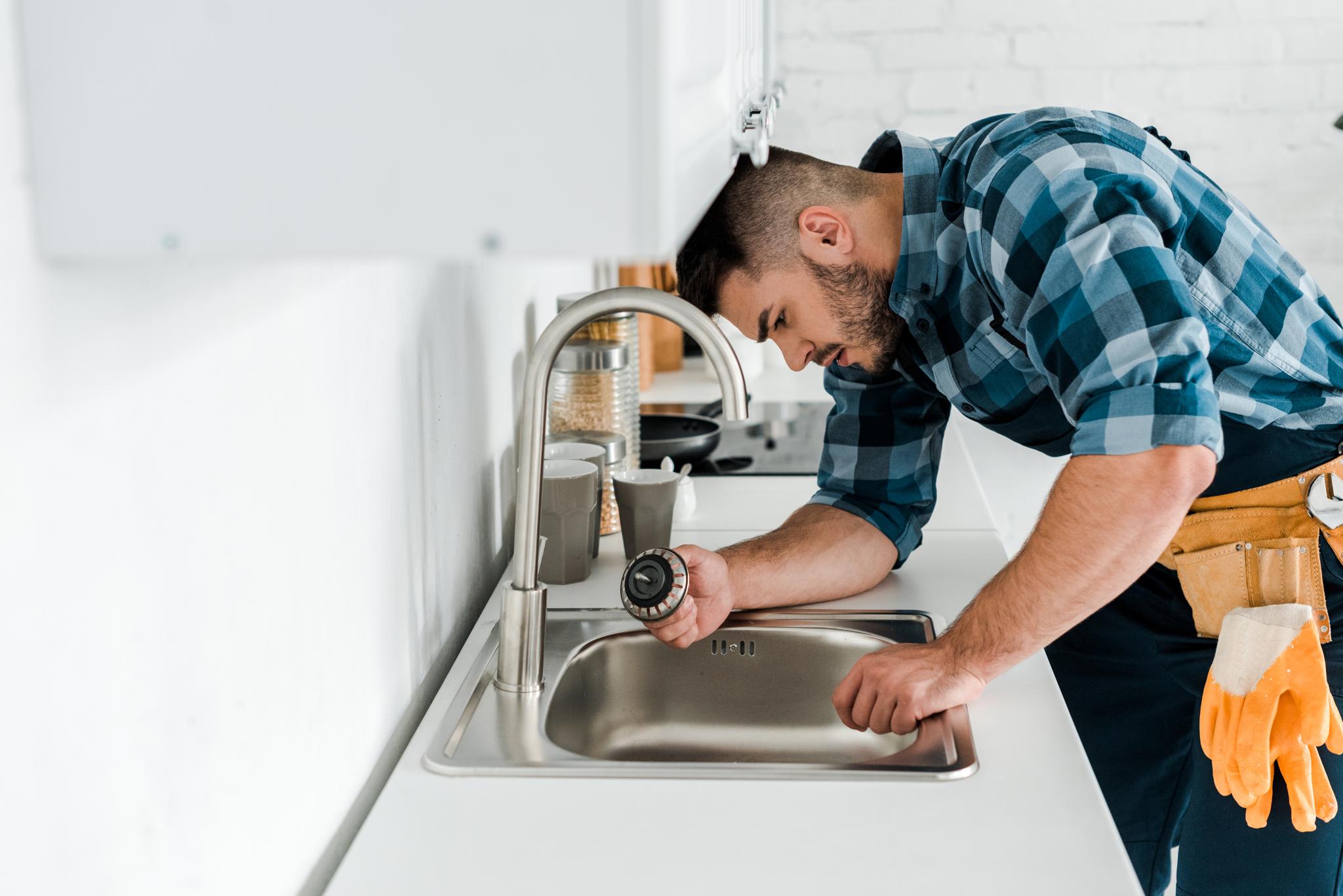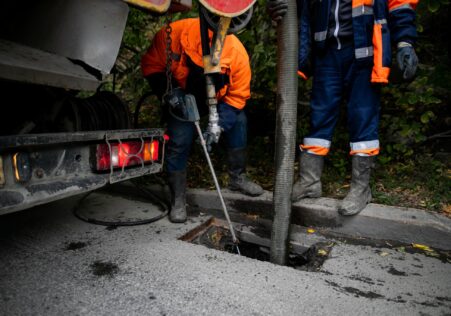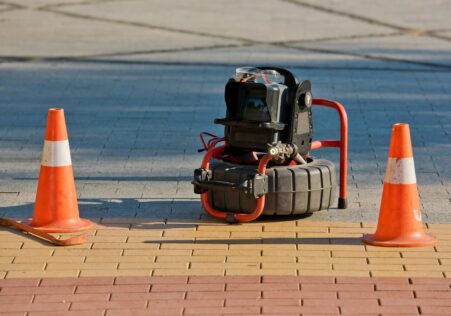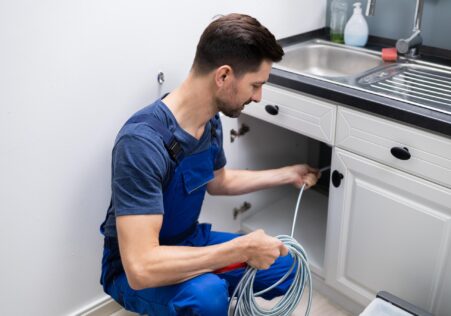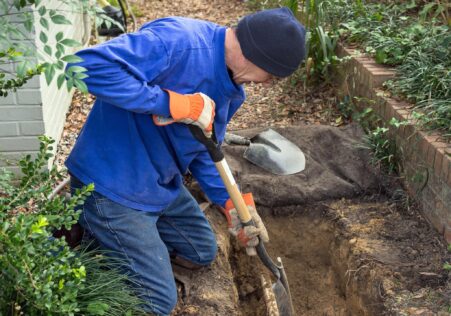Understanding the Differences Between Pipe Relining and Pipe Replacement
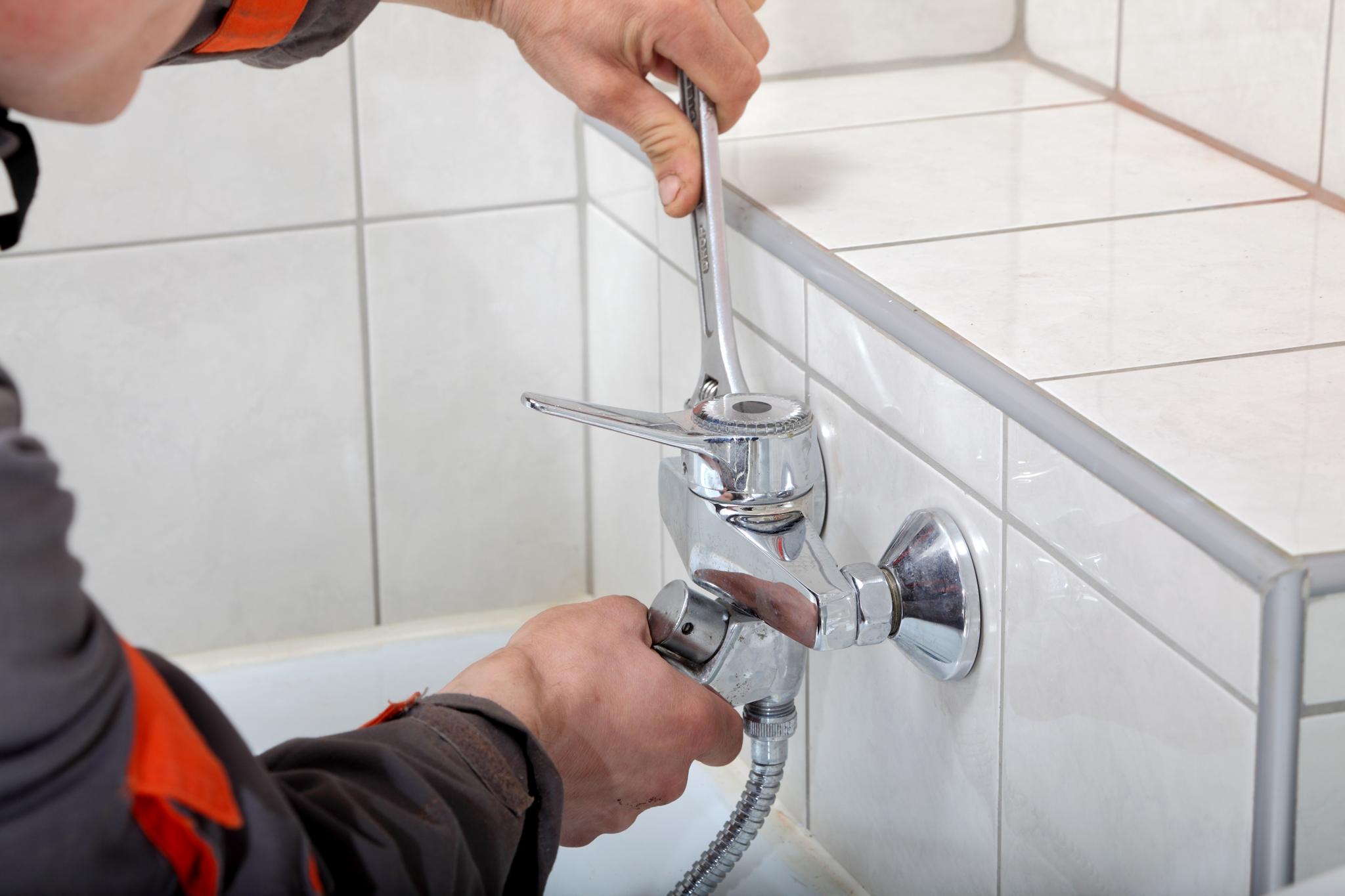
When it comes to fixing damaged pipes, the two most common methods are pipe relining and replacement of pipes. Both methods aim to restore the function of your pipelines, but there are some distinct differences are important to understand.
Key Takeaways
- Pipe relining is an economical and fast method for repairing damaged pipelines.
- Linings made of CIPP are used for the relining of pipes.
- Epoxy resin is utilized to line the inner parts of the pipe. The resin sets to create a brand new inner lining in the pipeline.
- Relining pipe is time-efficient and economical, and can last for up to 50 years.
- Traditional pipe replacement involves digging up areas of the property where pipes are located.
- The replacement of pipes is often necessary for pipes that are badly damaged.
- A brand-new pipeline installed with pipe replacement has a lengthy life span (75 or 100 years).
- The cost of replacing pipes is high and lengthy.
- The decision between pipe relining and pipe replacement depends on the degree of damage that has been caused.
In this article, we’ll discuss pipe relining and. replacing pipes and figure out which one will suit your needs better.
The term "pipe relining" is used to describe the process of repairing pipes.
Pipe relining, also known as Cured-In-Place pipe (CIPP) Lining is a state-of-the-art repair process which offers a low-cost and swift solution for restoring damaged pipelines.
Here’s how it works:
- Technicians clean the pipeline using high-pressure water jetting or mechanical cleaning.
- Then, they put epoxy resin made from fiberglass or polyester liner in the pipeline.
- The liner gets cured, creating a new inner lining within the old pipeline that’s as durable as a new one.
Pros of Pipe Relining
- Time-efficient: It generally takes only 2 to 3 hours to complete the whole procedure, compared to excavating for several days with traditional pipe replacement methods.
- Cost-effective - Because there is no excavation or removal necessary in pipe relining work this method can save nearly 50% of the cost you’d pay for traditional repairs.
- Durability – The new liner that is created by pipe relining may last for up to 50 years!
Pros and Cons of Pipe Relining
- Not suitable for very damaged pipes - If you have significant damage such as cracks, collapses or joints that aren’t aligned properly in your sewer line then pipe relining may not be possible.
What exactly is Pipe Replacement?
Pipe replacement involves digging up portions of the yard/sidewalk/driveway where underground pipes are located. These sections may include broken pipes, or very damaged ones due to lack of maintenance or age.
The steps below are the most traditional pipe replacements:
- An excavation team digs access to the damaged underground pipe.
- The pipeline that was previously in use is detachment and dug out, creating a lot of debris that needs to be disposed of.
- Then, they construct an entirely new pipeline instead of the old one.
Pros of Pipe Replacement
- Suitable for severely damaged pipes Ideal for severely damaged pipes – If you must replace pipes that are experiencing severe corrosion or damage, pipe replacement is the best option.
- Long-lasting – The latest pipeline replaced with pipe has a long lifespan (75 bis 100 years) which makes it a great choice for homeowners in search of the best solution for their home.
Pros and Cons of Pipe Replacement
- Extraction work that is costly for the replacement of pipes is lengthy and expensive.
- The process is time-consuming. Traditional pipe replacements can take weeks depending on the size of the work and depth of excavations required.
Which option should you pick?
The decision on whether to go with relining or replacing your pipes mostly depends on the extent of damage caused. If your pipes suffer from minor damages like cracks or minor leaks, relining would probably be a more appropriate choice since it’s less costly and is also faster than traditional pipe replacements.
But if there are severe damage such as breaks or collapses and breaks, you must consider replacing the pipe with a traditional method, even though it may be more expensive and may take longer.
| Pipe Relining | Pipe Replacement | |
|---|---|---|
| Procedure | CIPP lining using epoxy resin | Excavating and replacing the old pipeline |
| Pros | Time-efficient- 2 to 3 hours to complete | Suitable for severely damaged pipes |
| Cost-effective – Almost half of traditional costs. | New pipeline lasts for 75 to 100 years | |
| Durable – Lasts up to 50 years | ||
| Cons | Not suitable for severely damaged pipes | Costly |
| Time-consuming | ||
| When to choose | Minor damages like cracks or minor leaks | Severe damages like collapses or breaks |
Common Questions and Answers
What is the process of relining pipes?
Pipe relining is a process which involves the creation of a new pipe within the existing damaged pipe. This is done by inserting a flexible liner into the pipe that was damaged and placing it into place. Once it is cured, the new pipe does not have joints or seams, which enhances its structural integrity.
What is the difference between traditional pipe replacement and differ from pipe relining?
Traditional replacement of pipes involves excavating and physically taking away old pipes then replacing them with new ones. In contrast, pipe relining does not require excavation. Instead it’s carried out by using technology that permits pipe repair without digging up large portions of land.
Which is more cost-effective - liner relining or conventional pipe replacement?
Pipe relining generally costs less than traditional methods for repair to pipelines since there are no costs associated to excavation or other methods needed for removing and replacing old pipes.
All kinds of pipes can be reflined?
Certain types of pipes can be relined successfully. In the end, your plumber should examine your particular situation to determine whether it’s feasible to line your specific kind of pipes. However, most modern pipes can be lined using this technique.
How long will the process of pipe relining take?
The exact length of time needed for the procedure varies based on elements like the location, the environment and type of damage; however the average Pipe Relining job typically takes around 2 days, depending on how many meters need to be lined..
In conclusion, if want to avoid invasive excavation work and save money as you restore your pipelines’ functionality Consider utilizing our Sydney Plumber Blocked Drains ‘s quick and efficient pipeline relining service. Contact us today!
Additional Information
- Rectify Your Sewer Dilemmas With No Spending A Lot: Pipe Relining
- Understanding the Details of Plumbing Relining: What You Need to Know
- Pipe Relining: A Smart Investment for Your Property
- How to Tell You Need Drain Clearing Services for Your Business
- Maximizing the Long-Term Benefits of Pipe Relining by Picking the Ideal Material
- Cut Costs and Hassle with Trenchless Pipe Replacement for Condos
- Don't Delay: Identify the Indicators of Pipe Problems Before It is Too Late! Relining is Crucial
- How CCTV Drain Inspection Saves You Time and Money in the Long Run
- Catching Drain Issues Early: The Benefits of Scheduling Regular Inspections for Your Business
- 5 Tips to Keep Your Drains Flowing


